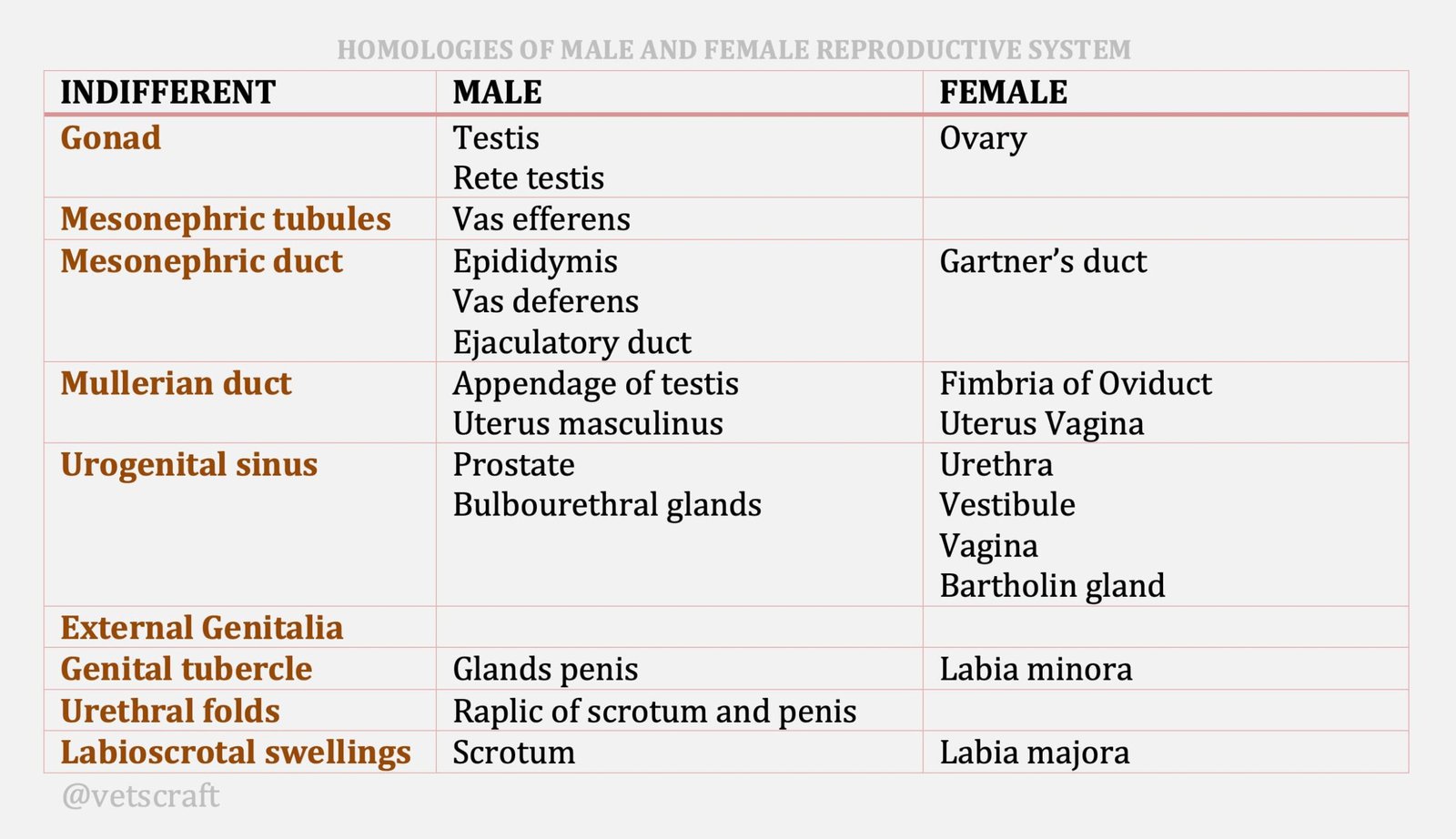TABLE OF CONTENTS
Cystic Ovaries or Cystic Ovarian Degeneration
Cystic ovaries or cystic ovarian degeneration is refers to the development of fluid-filled structures within or on the ovaries, which can disrupt normal reproductive function in animals.
In this, one or more persistent fluid filled structures larger than a mature follicle in one or both the ovaries.
- Cystic ovaries or cystic ovarian degeneration is a result of anovulation of graafian follicle.
- Occur mostly within four months of calving and in 2nd to 7th calvings in high yielding animals.
- Not very common under rural conditions.
Predisposing Factors
- Effect of genetic selection from high yielding animals
- Hereditary
- High milk yield
- High protein diet
Classification
Cystic ovaries or cystic ovarian degeneration can be pathological or non-pathological:
Pathological
- Follicular cysts: These are anovulatory follicle (s) which may be single or multiple, on one or both ovaries and are usually thin walled.
- Luteal cysts: These are also anovulatory follicles which are thicker walled due to partial or incomplete luteinisation and usually single in structure.
Non-Pathological
Cystic corpora lutea: A corpus luteum which has a fluid filled cavity. It is not pathological and does not alter the length of the estrous cycle
- Also known as cystic corpora lutea as they contain a cavity, an encasement.
- These cavitated CL produce the same concentration of progesterone as a solid CL, hence they function normally.
Clinical Signs
- Affected cows may exhibit nymphomania or anestrus.
- Due to aggressive sexual behaviour, they are called Buller‘s.
- Relaxation of sacrosciatic ligaments and upward displacement of the coccygeal bones or elevation of the tail head called as sterility hump develop in the long standing cases.
- Cows with sterility hump are more prone for hip dislocation and pelvic fracture as well as endometritis.
- Other signs include tendency for vaginal prolapse, pneumovagina, hydrometra and mucometra. They gain a steer-like appearance.
- Microscopically the cystic dilation of the endometrial glands and hyperplasia of the uterine mucosa take place and in the follicle the thecal layer and/ or granulosa layer may be affected.
Nymphomania in Cows
Elevation of the tail head in this cow is the result of chronic cystic follicular degeneration which has led to chronic relaxation of the pelvic ligaments. These cows show frequent behavioural estrus. In the vernacular they are called buller cows. They can be of help in a heat detection program, however their behaviour is not consistent. The elevated tail head is sometimes referred to as the sterility hump.
Two Types of Cyst

Diagnosis
Rectal Examination
Diagnosis is can be done based on rectal examination of the affected animal:

- Accurate diagnosis of cystic conditions is possible with single examination. If doubtful repeat examination.
- Many times it is difficult to differentiate into luteal or follicular cysts.
- It was observed that the size and the number of cysts were similar in both nymphomaniac and anestrous cows.
Milk or Plasma Progesterone Estimation
- Milk or Plasma Progesterone estimation may aid in diagnosis.
- Plasma or milk progesterone levels vary according to type of cyst.
- In milk, follicular cysts typically show levels less than 5 ng/ml, with luteal cysts showing levels above 5 ng/ml.
Ultrasonography
- Most accurate and practical diagnostic technique to identify and differentiate between follicular and luteal cysts.
- Wall thickness is much less in follicular cysts (average of 2.5 mm, range 1-6 mm) than in luteal cysts (5.3 mm, range 3-9 mm).
- With follicular cysts, there appears to be a correlation between ultrasonographic wall thickness and hormone concentrations within that cyst, with thicker-walled cysts (average 2.5 mm) showing high progesterone and low estradiol concentrations, and vice versa in thinner-walled cysts.
Prognosis
- Good in early cases.
- Poor in long standing cases, where severe cystic degeneration of the endometrium and atrophy of the uterine wall has taken place.
Treatment
If diagnosed as cystic irrespective of the type any one of the following line may be attempted.
- LH – 2500 – 5000 IU I/V – optimum and economic (3000-4500 IU).
- GnRH – 100 – 250 µg I/M to luteinize.
- 0.5 to 1.5 mg for ovulation.
- synthetic analogue – Buserelin – 0.02 mg I/M.
- Following LH or GnRH treatment, the cysts undergo luteinization and most of the cows re-establish ovarian cycle and exhibit estrus in 18-23 days.
- Following LH or GnRH, PGF2 alpha – 25 mg may be administered after 9-12 days to cut short the cycle length.
- GnRH or PGF2 alpha may be preferred for luteal cyst which is however difficult to differentiate from follicular cyst, in which PGF2 alpha alone is ineffective.
- Progestogens – CIDR, PRID or Ear implant are also effective.
- Corticosteroids – Beta methasone – 10 – 40 mg. Dexamethasone – 10 – 20 mg.
- As effective as LH or GnRH Repeated if necessary (average 1.9 injections).
- Suppress the release of ACTH and also LH and upon the release of exogenous block, LH is released in bulk.
- Potassium iodide – 30 gms – divided into 6 doses.
- Daily oral administration-reported to be successful.
- Other lines of treatment tried include: clomiphene citrate, oxytocin, testosterone, estrogen, etc.
Reasons for Reduced Recovery Rate
- Inability of the cystic structures to respond to GnRH induced LH release because of fibrosis, degeneration of the theca and granulosa cells in the cyst.
- Insufficiency of the LH receptors.
- Decreased sensitivity to LH.
- Low pituitary responsiveness to GnRH or low activity of the secreted LH.

